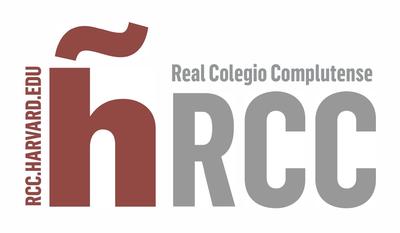Co-Chairs: James Cuff (FAS Assistant Dean and Distinguished Engineer for Research Computing at Harvard University); Ignacio M. Llorente (Full Professor in Computer Architecture and Technology, Universidad Complutense de Madrid); Christopher Hil (Principal Research Engineer at MIT EAPS) and Abraham Matta (Professor in Computer Science at Boston University).

The next big evolution for the internet is Cloud Computing, where everyone from individuals to major corporations and governments move their data storage and processing into remote data centres. Although Cloud Computing has grown, developed and evolved very rapidly over the last half decade, Cloud Federation continues being an open issue in current cloud market.
Cloud Federation would address many existing limitations in cloud computing:
-Cloud end-users are often tied to a unique cloud provider, because of the different APIs, image formats, and access methods exposed by different providers that make very difficult for an average user to move its applications from one cloud to another, so leading to a vendor lock-in problem.
-Many SMEs have their own on-premise private cloud infrastructures to support the internal computing necessities and workloads. These infrastructures are often over-sized to satisfy peak demand periods, and avoid performance slow-down. Hybrid cloud (or cloud bursting) model is a solution to reduce the on-premise infrastructure size, so that it can be dimensioned for an average load, and it is complemented with external resources from a public cloud provider to satisfy peak demands.
-Many big companies (e.g. banks, hosting companies, etc.) and also many large institutions maintain several distributed data-centers or server-farms, for example to serve to multiple geographically distributed offices, to implement HA, or to guarantee server proximity to the end user. Resources and networks in these distributed data-centers are usually configured as non-cooperative separate elements, so that usually every single service or workload is deployed in a unique site or replicated in multiple sites.
-Many educational and research centers often deploy their own computing infrastructures, that usually do not cooperate with other institutions, except in same punctual situations (e.g. in joint projects or initiatives). Many times, even different departments within the same institution maintain their own non-cooperative infrastructures. This Study Group will evaluate the main challenges to enable the provision of federated cloud infrastructures, with special emphasis on inter-cloud networking and security issues:
This Study Group will evaluate the main challenges to enable the provision of federated cloud infrastructures, with special emphasis on inter-cloud networking and security issues:
-Security and Privacy
-Interoperability and Portability
-Performance and Networking Cost
It is important to bring perspectives from Europe and USA in order to define the basis for an open cloud market, addressing barriers to adoption and meeting regulatory, legal, geographic, trust and performance constraints.
This group will directly contribute to the first two key actions of the European Cloud Strategy ”Unleashing the Potential of Cloud Computing in Europe”.
-The first key action aims at “Cutting through the Jungle of Standards” to help the adoption of cloud computing by encouraging compliance of cloud services with respect to standards and thus providing evidence of compliance to legal and audit obligations. These standards aim to avoid customer lock in by promoting interoperability, data portability and reversibility.
-The second key action “Safe and Fair Contract Terms and Conditions” aims to protect the cloud consumer from insufficiently specific and balanced contracts with cloud providers that do not “provide for liability for data integrity, confidentiality or service continuity”. The cloud consumer is often presented with "take-it-or-leave-it standard contracts that might be cost-saving for the provider but is often undesirable for the user”. The commission aims to develop with “stakeholders model terms for cloud computing service level agreements for contracts”.

